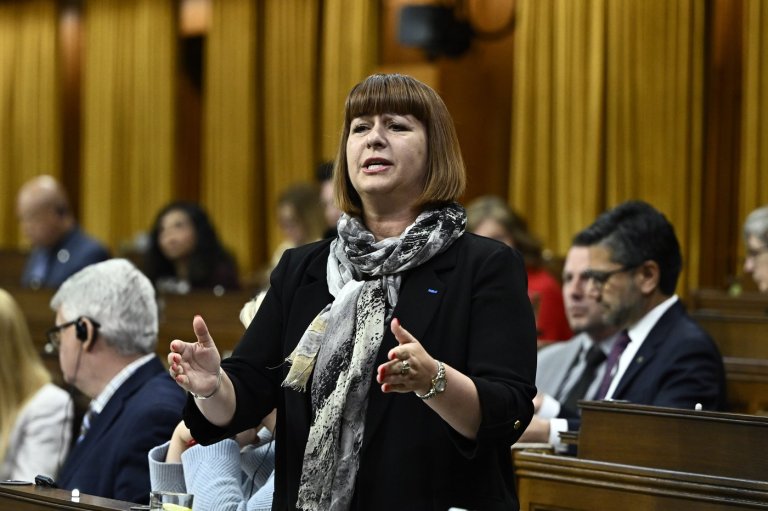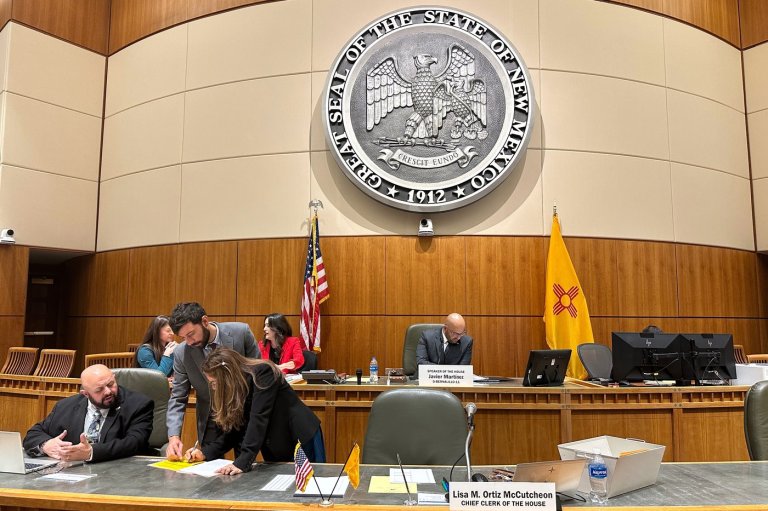
Budget watchdog says home affordability is getting better — but not everywhere
OTTAWA — Ottawa’s fiscal watchdog is reporting significant progress in closing Canada’s housing affordability gap — but the picture looks very different across the country.
Interim Parliamentary Budget Officer Jason Jacques put out an updated housing report Thursday. The report gauges affordability based on the gap between average home prices and what the typical household can afford.
That gap narrowed from a peak of 80 per cent in September 2023 to 34 per cent in August, the report said.
The PBO said cheaper borrowing costs, stronger wages and lower home prices are making it easier for Canadians to afford a home and pay a mortgage.
Home prices peaked in 2022 during the pandemic recovery era but subsequently cooled in many markets after the Bank of Canada rapidly increased its benchmark interest rate to above five per cent.
The policy rate stands at 2.5 per cent following a series of cuts, which have helped to bring down mortgage costs. Home prices, meanwhile, have not returned to earlier highs.
Jacques appeared before the Senate banking committee Thursday to discuss his latest report. He said affordability progress on the national front can cover up what’s happening on the ground in cities across Canada.
“People don’t really live in Canada,” Jacques said.
“They live in homes that are located in cities across the country. And those home prices and the dynamics around it are very much locally based.”
Canada’s most expensive markets broadly saw the biggest gains in affordability over the past three years, the report showed.
The most significant improvements were seen in Toronto and Hamilton, but the PBO noted home prices in those markets are still well above affordable levels.
At 74 per cent, the affordability gap is widest in Halifax, while Edmonton’s four per cent gap is the smallest of any major metropolitan area included in the analysis.
Calgary, Montreal and Québec saw the most deterioration in affordability, but the PBO said the cost of carrying a mortgage in those cities is still relatively low.
The report also gauged households’ financial stability based on mortgage debt service ratios — the share of household income that goes toward paying off a home loan.
The first half of 2025 has seen “significant progress” in restoring housing affordability to 2019 levels based on mortgage debt service ratios, the PBO said.
While those ratios have improved in Toronto, Vancouver and Victoria, the PBO warned households in those still-expensive markets are more financially vulnerable than those elsewhere in Canada.
The Canada Mortgage and Housing Corp. said in an updated June forecast that the pace of homebuilding in Canada must double to as high as 480,000 units per year by 2035 to restore housing affordability in Canada.
While policy-makers on both sides of the political aisle in Canada have championed expanding supply as a path back to housing affordability, there’s some debate over the role of tax incentives and government.
The federal Liberal government has pledged to double the rate of homebuilding.
Jacques on Thursday declined to answer many senators’ questions about housing affordability, arguing it wasn’t in his mandate to make policy suggestions.
Paul Kershaw, policy professor at the University of British Columbia’s School of Population and Public Health, said Ottawa and various provincial governments such as B.C. deserve credit for action taken to close the affordability gap in Canada.
He said the Ontario government, on the other hand, has a “mixed record” when it comes to measures that incentivize development and restore affordability.
Kershaw is also the founder of Generation Squeeze, a non-profit advocating for generational fairness in Canada due to a lack of opportunity and affordability for youth.
While the federal government is shooting for lofty targets on home construction, he argued that’s not necessarily the right metric.
Kershaw said he wants to hear federal officials set a target for home prices as part of a bid to restore affordability. He said he’s surprised that politicians don’t celebrate the stalled home values of recent years that the PBO credits in part for narrowing the affordability gap.
“Having home value stall or fall minimally is exactly what we need for the indefinite future, so that there is an opportunity for earnings to catch up and help us restore affordability forever,” he said.
Housing Minister Gregor Robertson told reporters in May that he did not think home values needed to drop to help with affordability.
He pointed to the newly created Build Canada Homes, which has a mandate to increase the stock of affordable or non-market housing, as a means to close the affordability gap nationally.
Kershaw said that while scaling up non-market housing in Canada is important, policy-makers should be realistic about the role it can play in the near-term.
Keeping home prices in the regular market steady will be critical for the majority of Canadians who own or rent in that system, he said.
This report by The Canadian Press was first published Oct. 2, 2025.
Join the Conversation!
Want to share your thoughts, add context, or connect with others in your community?
You must be logged in to post a comment.



















